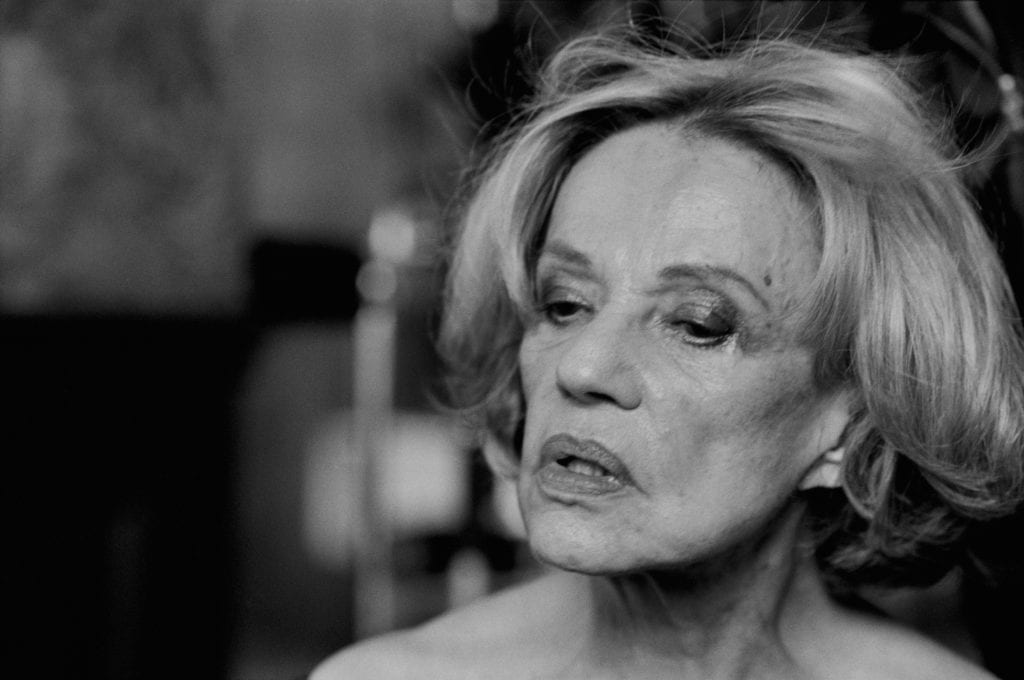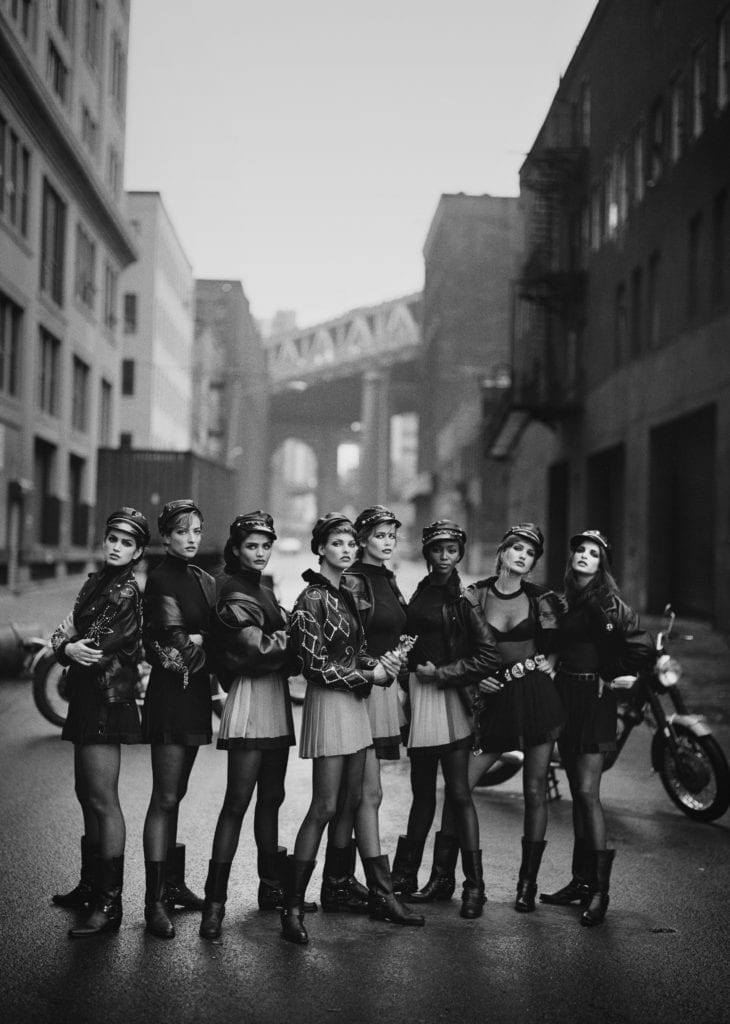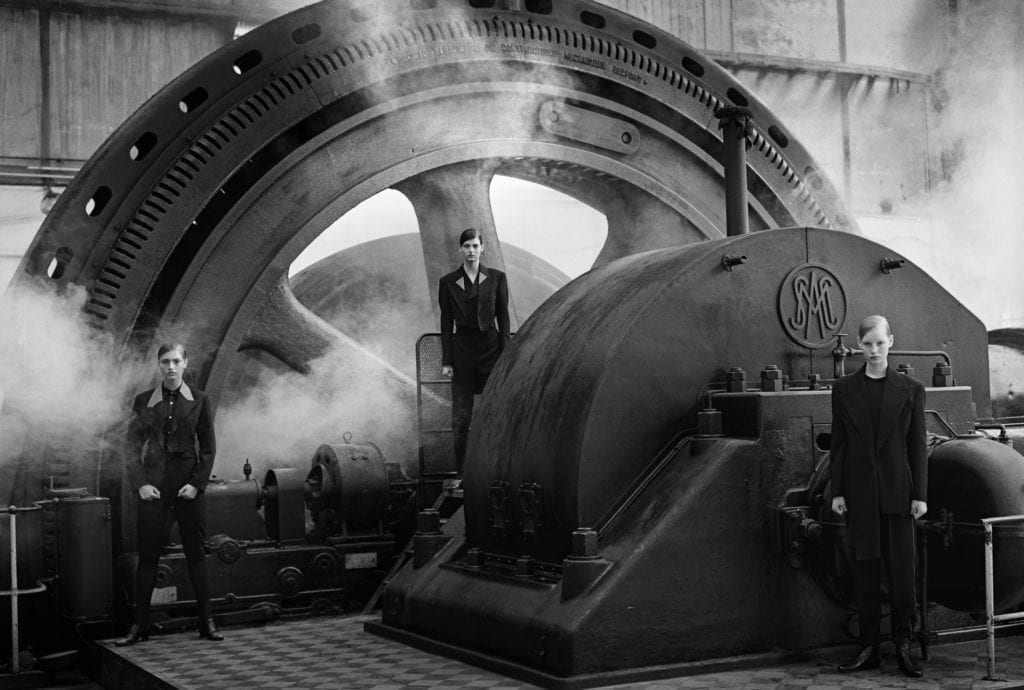In Peter Lindbergh’s 1991 motion picture, ‘Models: The Film’, Cindy Crawford observes:
‘Sometimes people don’t have [glamour] in their lives so they want to look at it. I think that women look at pictures of us and wonder why they don’t look like that, but what they don’t realise is that we don’t even look like that. It’s the created image that the whole team makes.’
Nobody is better placed to corroborate this than the veteran photographer himself, whose work is currently being exhibited at the Rem Koolhaas-designed Kunsthal in Rotterdam.
Since opening his own studio in 1973, Lindbergh has sought to develop his own fantastical photographic oeuvre whilst transforming many of the more dubious practices of fashion photography, from the unhealthy focus on youth, to excessive re-touching of images.
Said Lindbergh in 2007: ‘Casting is the central point of my work, because I am not a transforming photographer – I can only shoot people [if] I accept the way they are. I am not a photographer to take any woman; any model, and transform her into what you want.’

And yet, Lindbergh’s images certainly deal with the business end of beauty. His shoots for British Vogue during the early 1990s not only defined a new realist aesthetic – channelling narrative driven shoots inspired by Wim Wenders and Werner Herzog – they coincided, or even birthed, the supermodel as a concept.
Images from this time appear to occupy a kind of fantastical hinterland – somewhere between haute couture and heavy industry. You can feel the steam-punk futurism of Fritz Lang’s ‘Metropolis’, whilst something altogether more humble creeps through – closer to the Depression-Era images by Dorothea Lange.
He cites the use of monochrome as vital when exploiting that creative space.
Lindbergh: ‘The difference is that colour is reality, and black and white probably one little step more towards art than reality […] Fashion photography is foremost fiction. The fantasy is everything because ever since [the images] grow in your head […] you construct something together. Then you get the right person for it, the right people. You go to the right place, and then the little thoughts you had become images – that is what you call fantasy.’

It’s this fantasy space that seems both timeless and uniquely of the early 1990s. Says Thierry-Maxime Lorio in his introduction to the book: ‘The British Vogue cover was the image that defined the ’90s new identity: models who do not appear as mere objects, facing the viewer with confidence and pride that many could relate to.”
Recalls Lindbergh: ‘I was rather uninspired with the way women were photographed in the ’80s. I was trying to photograph them in a different way, but nobody seemed to care back then […] I wanted to move away from the rather formal, quite perfectly styled woman who was very artificial. I was more concerned about a more outspoken, adventurous woman in control of her life and not too concerned about her social status or emancipated by masculine protection. My ideal was always the young women I met in art school, very independent and who could speak for themselves. The supermodels represented this change.’

